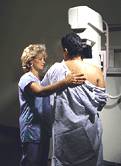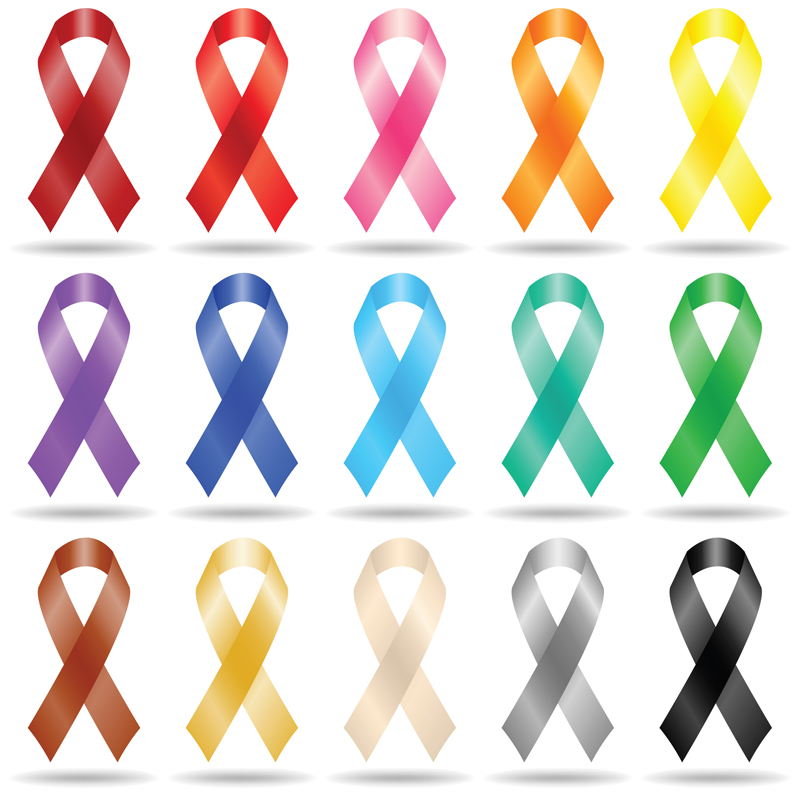
TUESDAY, July 5 (HealthDay News) — The timing and frequency of mammography to detect breast cancer is a decision best customized for each woman, based on such factors as age and breast density, new research suggests.
One schedule for all women based on age alone is not the best approach, said study lead author Dr. John Schousboe, medical director of research at Park Nicollet Health Services in Minneapolis and adjunct professor of health policy and management at the University of Minnesota.
“It is appropriate for women when deciding how often to get a mammogram to make that decision based on how high their risk is,” Schousboe said.
Factors to consider, in addition to age, are the woman’s breast density, history of breast biopsy, family history of breast cancer and her beliefs about the potential benefits and risks of screening, Schousboe said. Denser breasts are believed to convey a higher risk of breast cancer.
The findings, published July 5 in the Annals of Internal Medicine, challenge age-based guidelines from such groups as the American Cancer Society and the U.S. Preventive Services Task Force and may re-ignite the debate about breast-cancer screening.
In 2009, the U.S. Preventive Services Task Force advised that the decision to start regular screenings every two years before age 50 should be discussed with a woman’s doctor. It advises screening every other year for women 50 to 74.
However, the American Cancer Society and other organizations stand behind their recommendations that women begin annual screening at age 40.
In the new research, Schousboe and his colleagues evaluated data on U.S. women from the Breast Cancer Surveillance Consortium and the Surveillance Epidemiology and End Results (SEER) of the National Cancer Institute.
They developed a model to compare the lifetime costs and health benefits for women screened annually, every two years, every three to four years, or never.
The results apply to the general population, not to women who carry genetic mutations known as BRCA1 or 2 that raise their risk of breast cancer.
They concluded that screening every other year from age 40 to 49 could be cost-effective for women with higher-than-average risk levels.
Mammography every three to four years was cost-effective for women ages 50 to 79 with low breast density and no other risk factors, they found.
And annual mammograms were not cost-effective for any group, no matter what age or breast density, they said.
If a woman wants to track the four risk factors, it’s important she get an initial mammogram at age 40 to establish her breast density, Schousboe said.
To reach their conclusions, the team took into account those four risk factors. They assumed the women in the model all started out healthy but could advance to six different categories, ranging from remaining healthy to dying of breast cancer or other causes.
They then estimated how many extra mammograms would be needed to prevent one death from breast cancer in those having mammograms every three to four years compared to none, and every two years compared to three to four years.
They also estimated the cost of each mammogram schedule for each quality-adjusted life year, a statistical measure, and considered the impact a “false positive” reading would have on a woman’s quality of life.
The modeling study has limitations, said Robert Smith, director of cancer screening for the American Cancer Society, who is familiar with the findings but was not involved in the research.
“A model isn’t real life,” Smith said. There is no question that advancing age, greater breast density, a family history of breast cancer or a history of breast biopsy boost the risk of breast cancer, he said.
However, the majority of women diagnosed with breast cancer do not have a family history, he added. The risk factors evaluated in the study are major ones but far from the only ones, he said.
Also, evaluation of breast density is imprecise, he said. If 10 radiologists are asked to assign a breast density score, their ratings will likely differ, he said.
Funding for the research was provided by Eli Lilly and Co. and the Da Costa Family Foundation for Research in Breast Cancer Prevention of the California Pacific Medical Center and the Breast Cancer Surveillance Consortium.
More information
To learn more about mammograms, visit the American Cancer Society.

